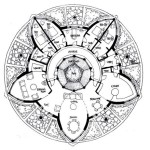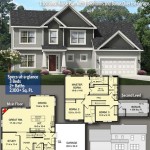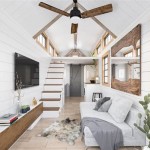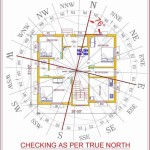Classic Colonial Homes: Exploring Timeless House Plans
Colonial architecture, with its rich history and enduring appeal, continues to inspire homeowners seeking elegant and functional designs. This article delves into the world of classic colonial house plans, exploring their key characteristics and variations.
Key Features of Colonial House Plans
Colonial homes are characterized by their symmetrical facades, prominent entryways, and multi-paned windows. These homes often feature grand staircases, fireplaces, and spacious rooms designed for both formal entertaining and comfortable family living. Materials typically used include wood, brick, and stone, adding to their classic and enduring appeal.
Different Types of Colonial Architecture
Several distinct colonial styles have evolved over time, each with its own unique characteristics. Understanding these variations can help homeowners select a design that best suits their preferences and needs.
Georgian Colonial
Georgian colonial homes are known for their strict symmetry, multi-paned windows arranged in a regular pattern, and prominent dentil molding. These homes typically feature a central entrance with a decorative crown or pediment. The interiors are often grand and formal, with high ceilings and elaborate woodwork.
Dutch Colonial
Dutch colonial homes are easily recognizable by their gambrel roofs, which feature a double slope on each side. This unique roof design creates additional living space on the upper floors. Dormers are common, adding light and ventilation to the attic area. Dutch colonial homes also often feature wide porches and decorative shutters.
Spanish Colonial
Popular in warmer climates, Spanish colonial homes are characterized by their stucco exteriors, red tile roofs, and arched doorways and windows. Courtyards and balconies are common features, reflecting the influence of Mediterranean architecture. These homes often incorporate decorative ironwork and colorful tiles, creating a warm and inviting atmosphere.
Cape Cod Colonial
A simpler and more modest style, Cape Cod colonials feature symmetrical facades, steep roofs, and multi-paned windows. These homes are typically one or one-and-a-half stories, with dormers often added to provide additional living space on the upper floor. Cape Cod colonials are known for their cozy and practical design.
Southern Colonial
Southern colonial homes are designed to withstand warm climates, featuring large porches, high ceilings, and expansive windows. These homes often incorporate classical details such as columns, pilasters, and pediments. Symmetry is a key characteristic, with balanced wings or flanking dependencies often included.
Choosing the Right Colonial House Plan
Selecting the right colonial house plan requires careful consideration of several factors. These include the desired size and layout of the home, the specific architectural style, and the available budget. Consulting with an architect or builder can provide valuable guidance in the selection process.
Adapting Colonial Designs for Modern Living
While classic colonial homes offer timeless appeal, many homeowners choose to adapt these designs to meet the needs of modern living. This can include incorporating open floor plans, updated kitchens and bathrooms, and energy-efficient features. Preserving the historical character of the home while incorporating modern amenities requires a thoughtful and balanced approach.
Benefits of Colonial House Plans
Colonial house plans offer numerous advantages, including their enduring style, functional layouts, and adaptability to various lot sizes and orientations. These homes can be customized to reflect individual preferences and needs, creating a space that is both classic and personalized. The inherent durability and timeless appeal of colonial architecture make these homes a sound investment for generations to come.
Exploring Historical Precedents
Understanding the historical context of colonial architecture can enhance the design process. Researching historical examples and architectural details can provide inspiration and ensure that the chosen plan reflects the authenticity of the chosen style. This attention to detail can create a home that is not only aesthetically pleasing but also historically accurate.
Working with Professionals
Collaborating with experienced architects, builders, and designers is crucial to successfully realizing a colonial home project. Their expertise ensures that the design is structurally sound, adheres to building codes, and incorporates the desired historical details. Open communication and collaboration throughout the project are essential for achieving the desired outcome.

Classic Colonial Home Plan 32563wp Architectural Designs House Plans

1925 Colonial Revival Classic Home Two Story Bowes Co Hinsdale Il House Plans Beach Mediterranean

1923 Colonial House Plans Vintage

Colonial Manor House Plans For A Traditional 4 Bedroom Home

House Plan 59952 Traditional Style With 1870 Sq Ft 3 Bed 2 Ba

The Farmington Saltbox Classic Colonial Homes

1928 Home Builders Catalog The Dennard Colonial House Plans Vintage Floor

1918 Classic Colonial Revival Gordon Van Tine Kit Homes Model No 558 Vintage House Plans

Classic Brick Colonial Home 80696pm Architectural Designs House Plans

Pin On History








